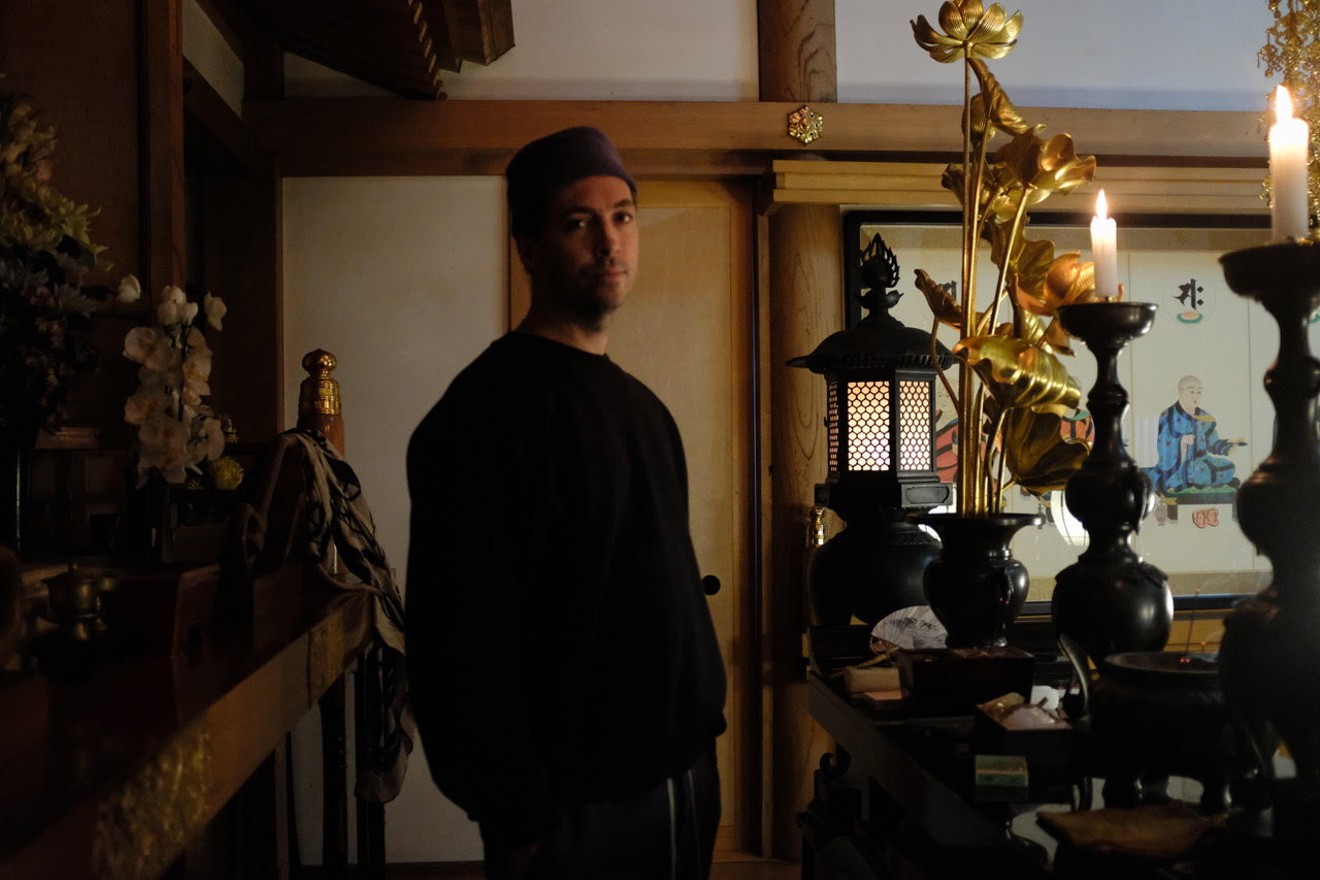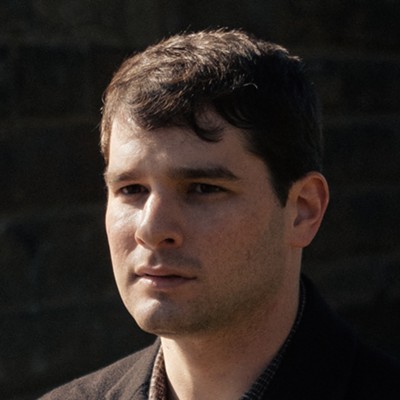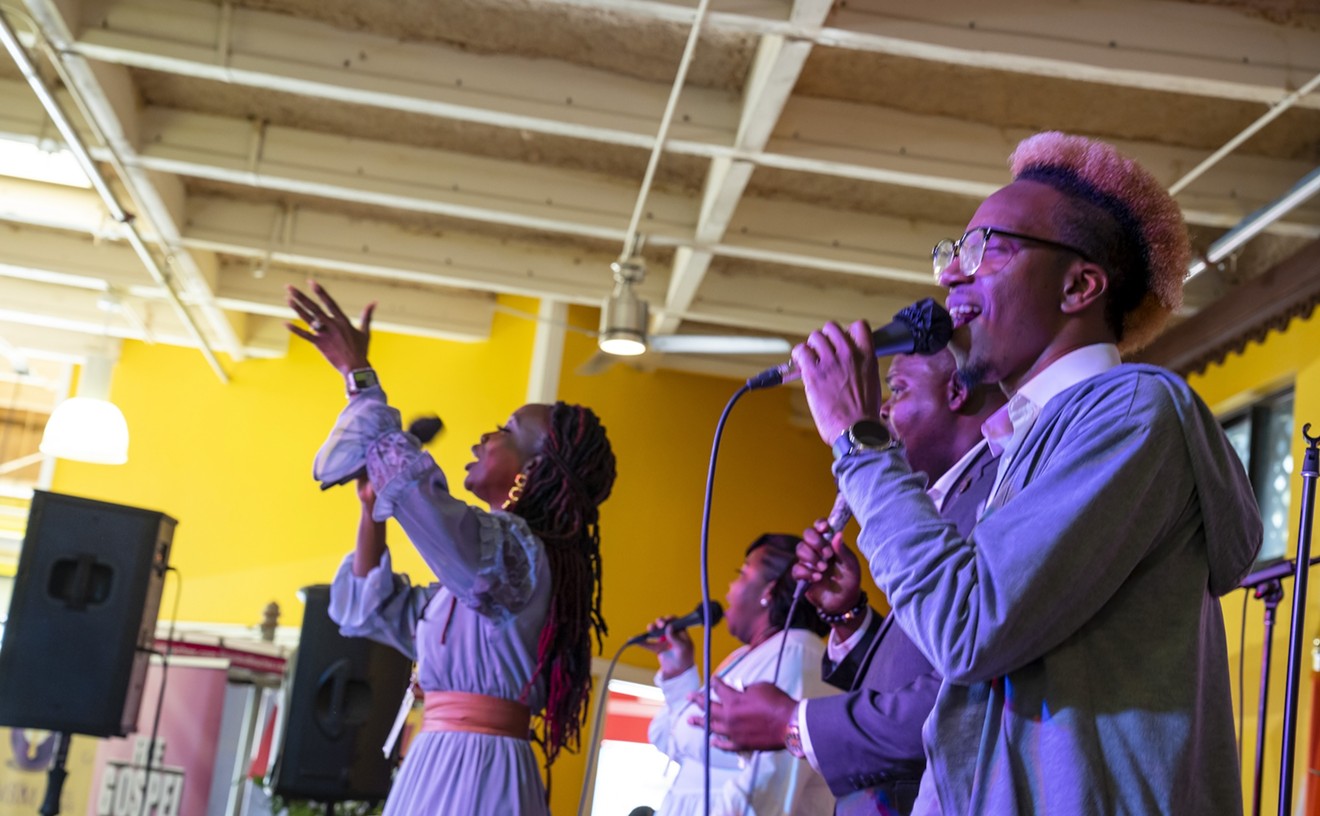Tim Hecker, the Canadian electronic musician, composer, and researcher, calls to apologize for missing a scheduled interview time — he was just in a car accident.
"Just a fender-bender," he says. Apparently, he had an incident in his rental car in Montreal while driving home.
It’s hard to resist car-crash metaphors when describing Hecker’s music, which is difficult to explain but easy to understand. Conflicting melodies, timbres, and tones, both acoustic and electronic, coalesce within the densely layered walls of sound on his records and crash over the listener with long-lasting impact. There are no lyrics, just a force of pure sound, and that’s the way Hecker likes it.
“I feel that my role in the conversation of music is to, say, lapse and leave people to connect the dots in their own ways and meanings,” he says. “It’s always been my way to not connect the dots for
Hecker often uses his gut when making decisions about his music and the way it’s presented. The cover art for his 2013 album, Virgins, is an iPhone picture he took of a cloth-covered statue of the Virgin Mary in the Duomo di Milano after he noticed it resembled a photo from Abu Ghraib. It had nothing to do with the record’s interpretation of American minimalist music; he simply saw it and thought it fit.
His latest album, Konoyo, is a take on gagaku, an ancient form of Japanese orchestral music that was introduced to him by his late friend and fellow composer Jóhann Jóhannsson. To record it, he and a group of gagaku musicians decamped to a Buddhist temple in Nerima ward, a sleepy suburban sector of Tokyo, to figure out how to fuse the two very different sonic styles.
"I kind of got put onto it as a challenge to myself, also to do something different, also non-Western, but also like a radically different approach to sound and space and rhythm. And I make my musical work quite dense and overloaded sometimes, and a lot of the approaches were the opposite in terms of what the musicians were used to. And, I don’t know, it was like a perfect experience for me — a challenge."
Certain problems were solved quickly — he says he came up with the track names in about 45 seconds — but others required more thought.
“I always kind of come at things as like a kind of puzzle in my brain,” Hecker says. “Konoyo was like pulling back the layers and leaving things and not being scared about making things that are more barren and that wouldn’t have as much complexity in a superficial way.”
Gagaku uses traditional wind, string, and percussion instruments: the plucked biwa lute, the taiko drum, the
"Sho was the hardest of all the instruments I worked with, and the one I totally used least, I would say, on record,” he says, “just because the harmonics are so saturated but also so fragile.”
Despite these challenges, the sessions for Konoyo were fruitful. The record was released September 28 last year by the ambient label Kranky, and Hecker says more material is on the way. He also reconvened the album's musicians for a series of live sets as the Konoyo Ensemble. Soon he’ll bring the show to III Points in Miami, his first time performing in the city, and although the group members haven't finalized exactly what they’ll do onstage when they play the final day of the festival, it’s sure to be an utterly unique experience. They might even bring out the taiko.
III Points 2019. Friday, February 15, through Sunday, February 17, at Mana Wynwood, 318 NW 23rd St., Miami; 305-573-0371; manawynwood.com. Tickets cost $75 to $375 via iiipoints.com.












